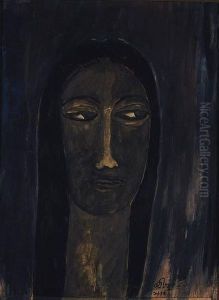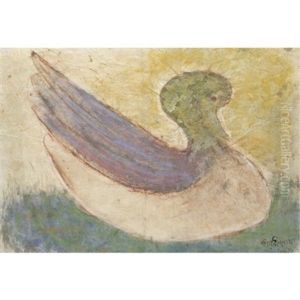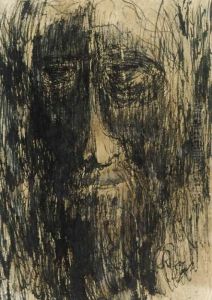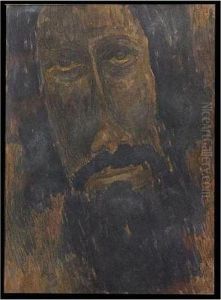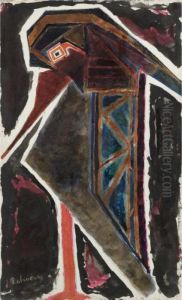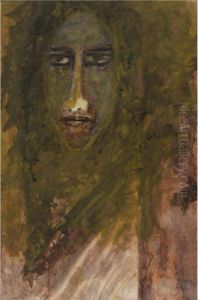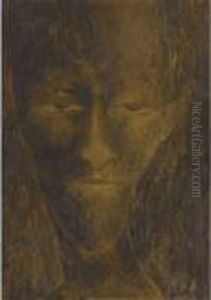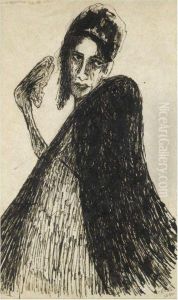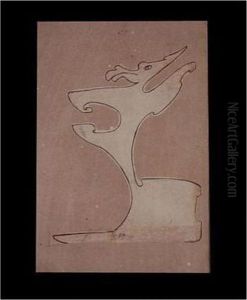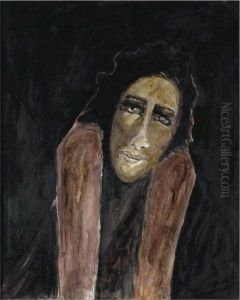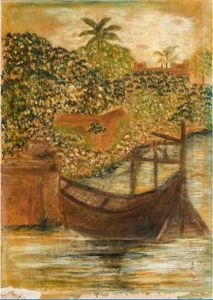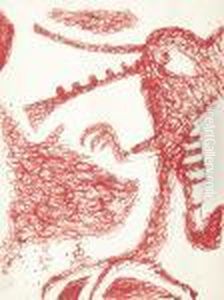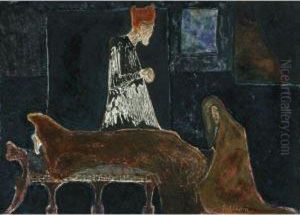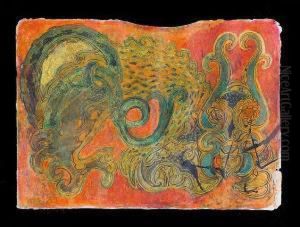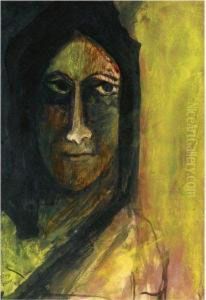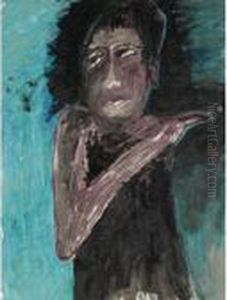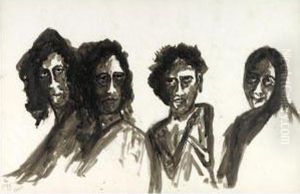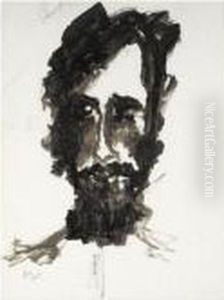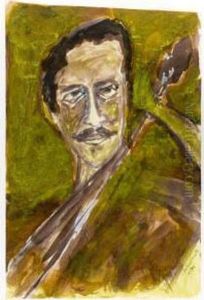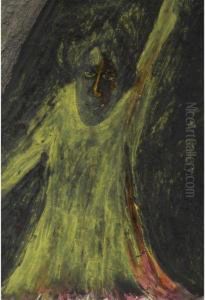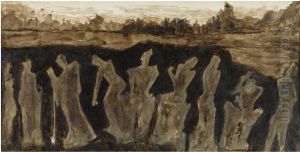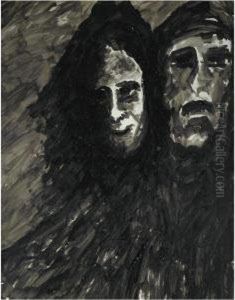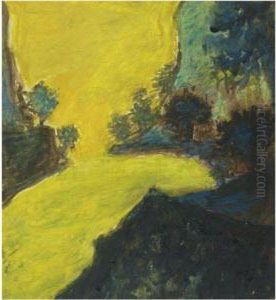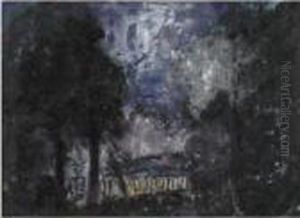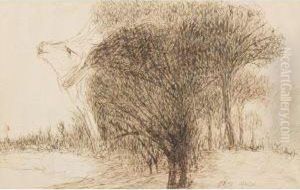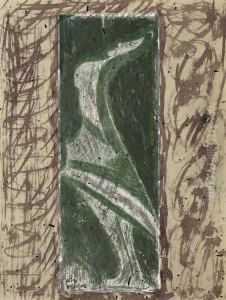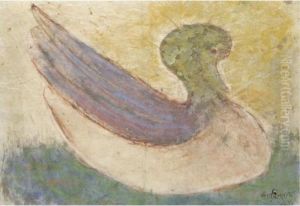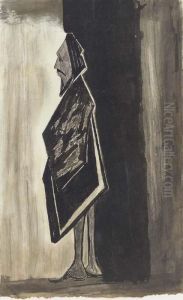Rabindranath Tagore Paintings
Rabindranath Tagore was a Bengali polymath who reshaped Bengali literature and music, as well as Indian art with Contextual Modernism in the late 19th and early 20th centuries. Born on May 7, 1861, in Calcutta, British India (now Kolkata, India), Tagore came from a distinguished family known for its cultural and literary achievements. He began writing poetry at a very young age, and his first published work, a collection of poems, appeared when he was just 17 years old.
Tagore's literary reputation is disproportionately influenced by his poetry; however, he also wrote novels, essays, short stories, travelogues, dramas, and thousands of songs. He was known for his philosophical and spiritual writings that merged traditional Indian and Western culture. Tagore was also a cultural reformer who modernized Bengali art by spurning rigid classical forms and resisting linguistic strictures. His novels, stories, songs, dance-dramas, and essays spoke to political and personal topics, and his verse, short stories, and novels—many defined by rhythmic, colloquial language—introduced new prose and verse forms.
Aside from his literary work, Tagore also managed the family estates, which brought him into close touch with common humanity and increased his interest in social reforms. He was a non-conformist and criticized the British Raj in India. Moreover, he advocated for a new type of education that emphasized freedom and creativity rather than rote learning.
Tagore's contributions to the arts extend to the visual arts as well, where he had an impact on the development of modern Indian painting during the first half of the 20th century. Moreover, he was also a composer and a cultural icon who founded Visva-Bharati University, an institution that aimed to challenge traditional methods of education and to promote international scholarly exchange.
In 1913, he became the first non-European to win the Nobel Prize in Literature, largely for his book 'Gitanjali', an acclaimed collection of his poetry. Tagore's legacy endures in the world of literature and arts, and in the national anthems of both India and Bangladesh, which were composed by him. His poetry and music remain an integral part of Bengali culture.
Tagore died on August 7, 1941, at the age of 80 in Calcutta, British India. His influence on writers and artists within and beyond India continues to this day, and he is regarded as one of the greatest literary figures in Indian history.
